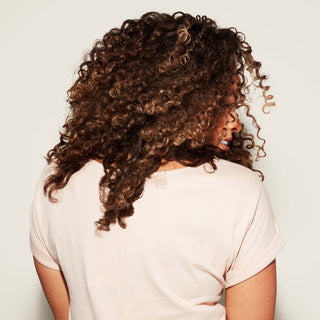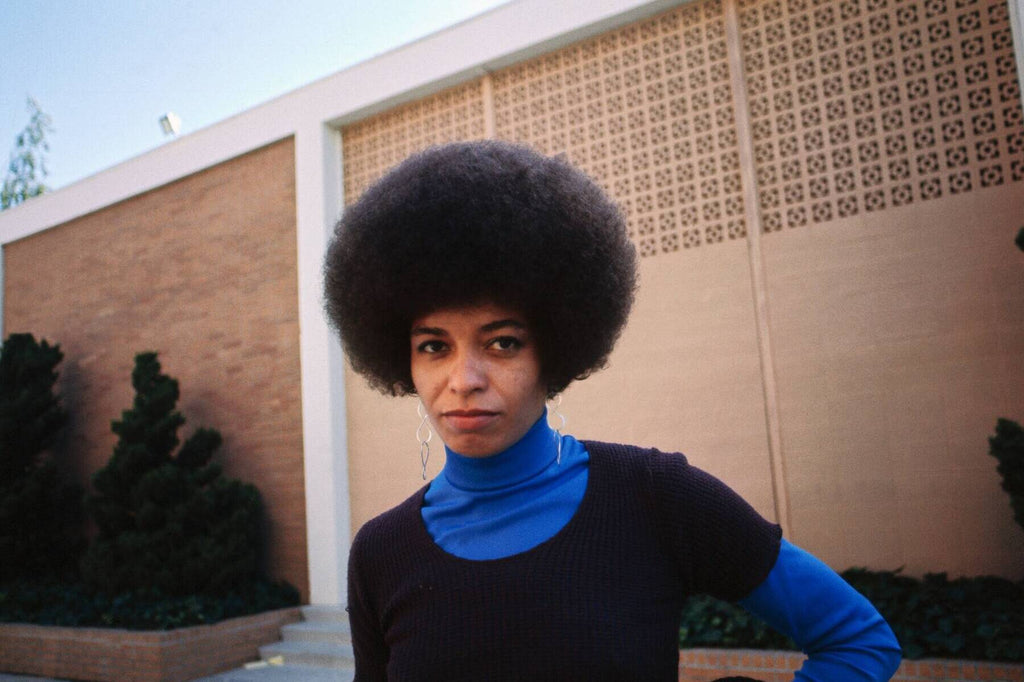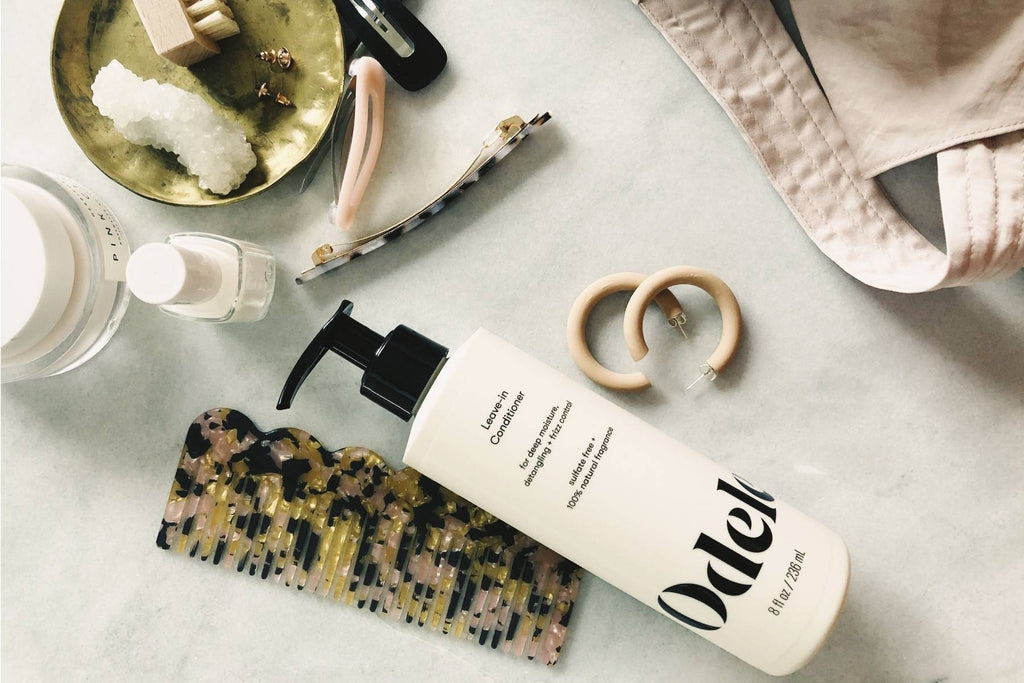Parabens. You’ve probably heard you should avoid them, but you may not be so sure why. What are parabens, anyway? And why have they been shunned by so many health and beauty brands (including yours truly)? We break it down for you below: what parabens are, what parabens do, what science says about their safety and why we keep them out of Odele products.
What are parabens?
Parabens are a type of synthetic preservative used to prolong the shelf life of certain ingredients. By preventing bacteria and mold growth, they allow products to survive for months—even years—in our bathrooms. (Microorganisms love moisture, so without some sort of preservative, the shampoo sitting for weeks in your humid shower would turn all sorts of funky.)
What products have parabens?
Sooo many. You’ll typically find them in products with a high water content—think shampoos, conditioners, lotions, shaving gels, toothpastes, the list goes on. Parabens are a hot topic in the beauty world, but they’re also widely used as food preservatives—so much so that scientists have detected them in most grocery store food products.

How do parabens affect the body?
Parabens are quickly absorbed through the skin when applied, and they can also enter the body when consumed orally. Once absorbed, they’re metabolized (processed by the body), then expelled through urine and bile (a fluid that helps with digestion).
The thing is, the more you’re exposed to parabens, the more they can accumulate in your body. When you think about all the personal care products you use daily, from mouthwash to moisturizer, you can see how the amount of parabens in your system can really add up. Using body and face lotion, hair products, sunscreen and makeup is correlated with increased paraben levels in urine. Though the CDC states that “Finding a measurable amount of one or more parabens in urine does not imply that the levels cause an adverse health effect,” certain studies suggest otherwise—we’ll get into that below.
Gotcha. So, are they really all that bad?
That’s the ongoing debate.
Parabens are nothing new: They’ve been used in thousands of products since the 1920s, and they remain popular in part because they’re cheap to produce and effective at keeping products fresh. But while you definitely don’t want mold growing in your shampoo (ew), you may not want parabens in there, either—especially since recent research suggests they could be doing more harm than good when it comes to our health and the environment.
There’s still a lot we don’t know about the long-term effects of these ingredients, but they’ve been linked to some pretty serious potential health risks, including:
Breast cancer. In 2004, researchers found parabens in breast cancer tumors. While parabens haven’t been proven to cause cancer, evidence links them to a possible increased risk: In a 2014 study, propylparaben was shown to alter the expression of genes, including breast cancer cells, and a 2016 study found that low doses of butylparaben increased the growth of breast cancer cells. Parabens also mimic the hormone estrogen, messing with the normal function of the body’s hormone systems. Research shows that when the body detects abnormal levels of estrogen, it may trigger breast tumor growth.
Reproductive issues. Parabens’ hormone-disrupting characteristics have also been linked to fertility problems, shorter periods and preterm births.
Ecological harm. Lab tests have shown that low levels of butylparaben can kill coral, an already-endangered species. High concentrations of parabens have also shown up in surface waters as well as in dolphins, polar bears and other marine animals.


Eek. Why haven’t they been banned?
Despite those health concerns, the FDA doesn’t regulate parabens (or any cosmetic ingredients apart from the 11 listed here), citing a lack of evidence that they affect human health. However, lots of companies, including major retailers like Target and Whole Foods, have recognized these ingredients are risky business and are taking steps to keep paraben-containing products off their shelves.
Other countries have regulated parabens for years: The European Union and the Association of Southeast Asian Nations ban the use of five parabens in cosmetics, and others are being phased out.
While there’s still more research to be done, we keep parabens out of Odele products because we’re not willing to risk the health of ourselves, our people, you, your people and our fragile ecosystems.
How can I spot parabens in products?
Scan the ingredient label for anything ending in -paraben (methylparaben, ethylparaben, propylparaben, butylparaben, heptylparaben, isobutylparaben, isopropylparaben, benzylparaben)—or just stick to products labeled paraben-free.
What are some safer alternatives to parabens?
Look for sodium benzoate, potassium sorbate and phenoxyethanol, three lab-made preservatives that are EWG- and E.U.-approved. We use these in Odele products.









